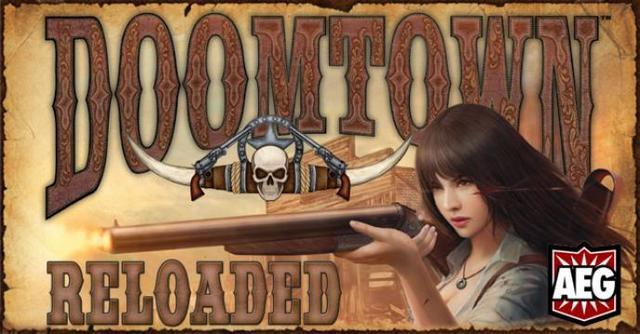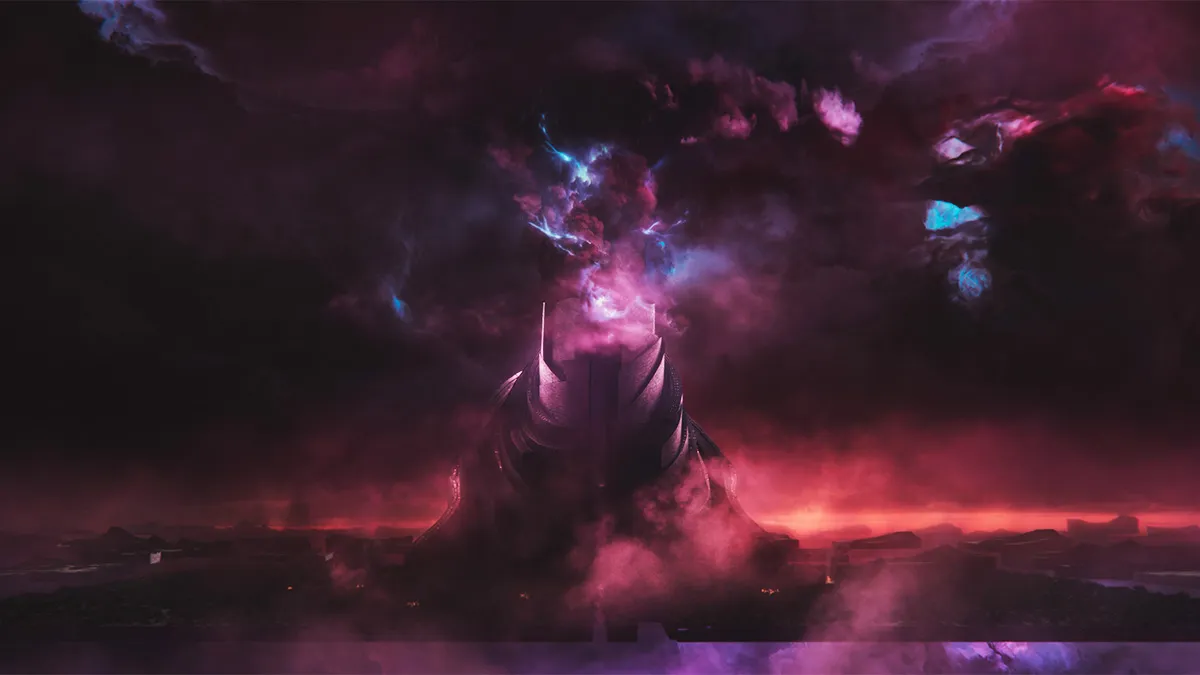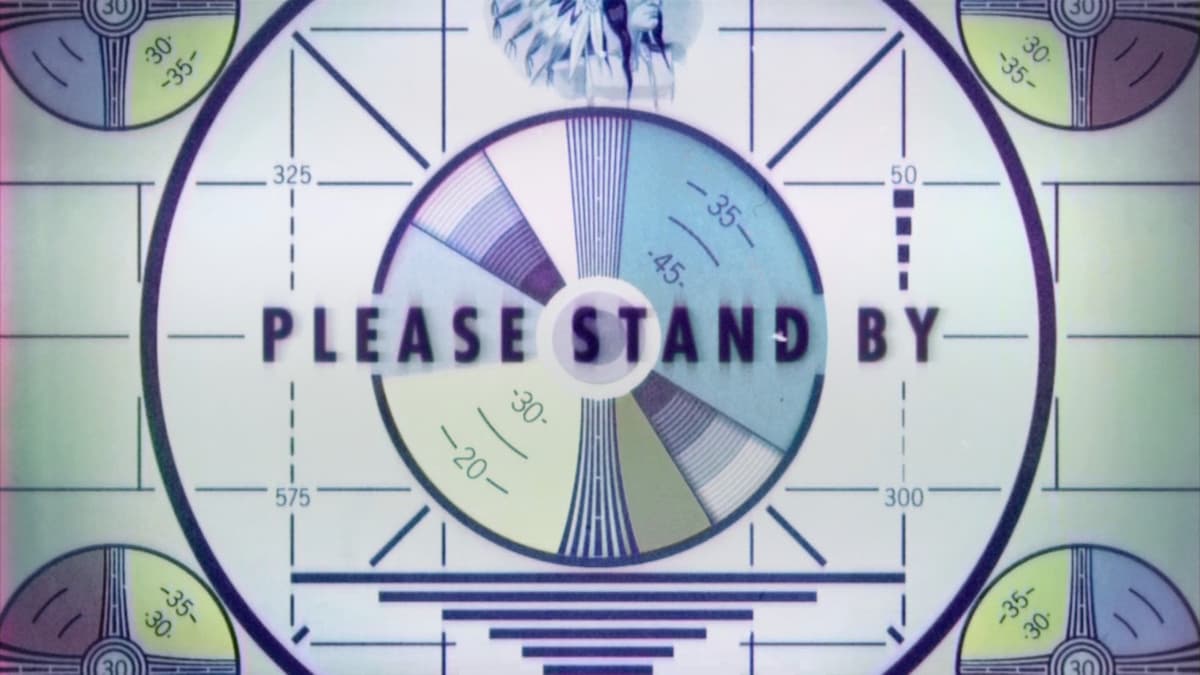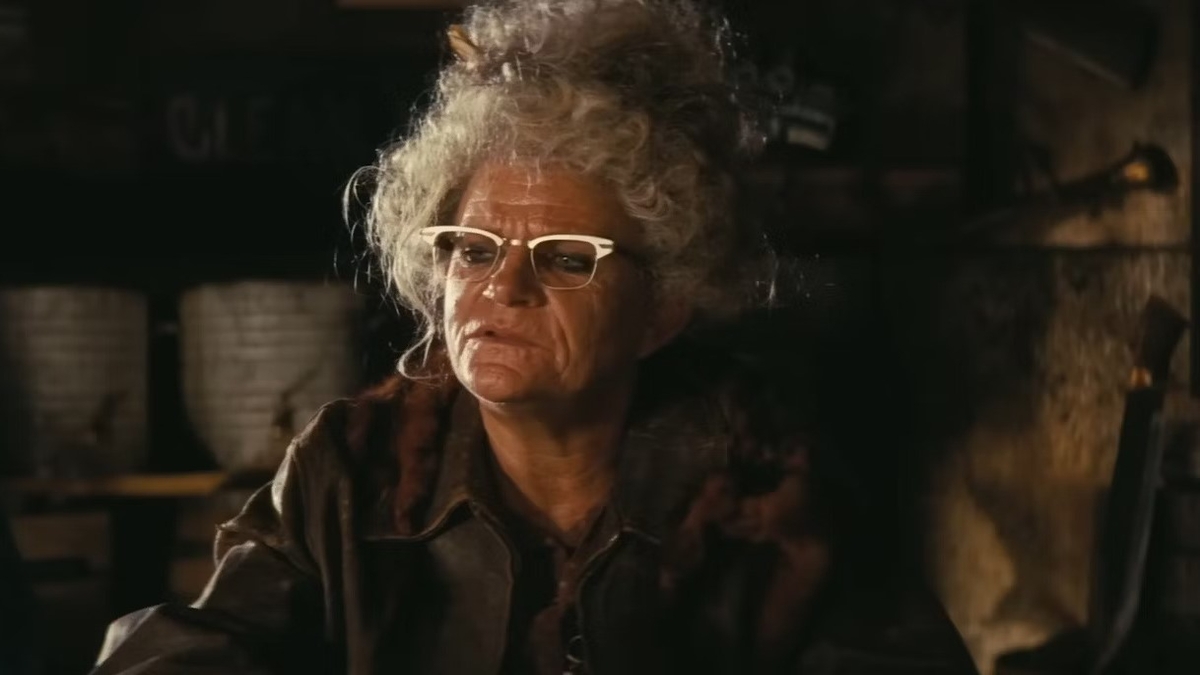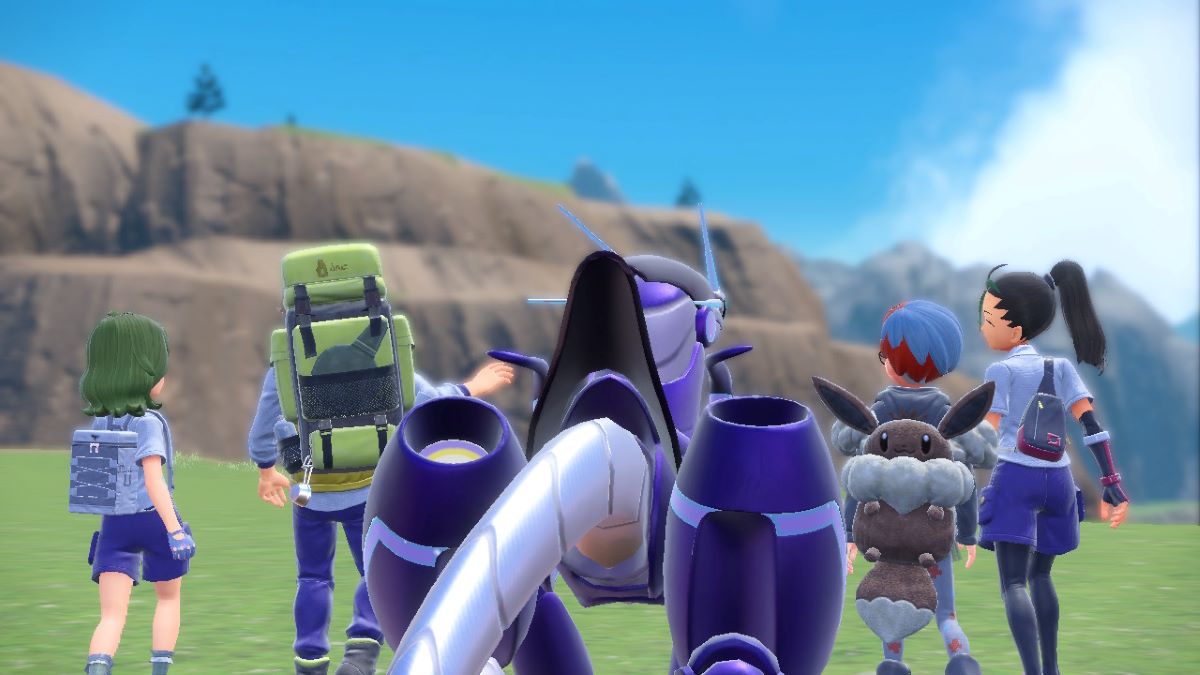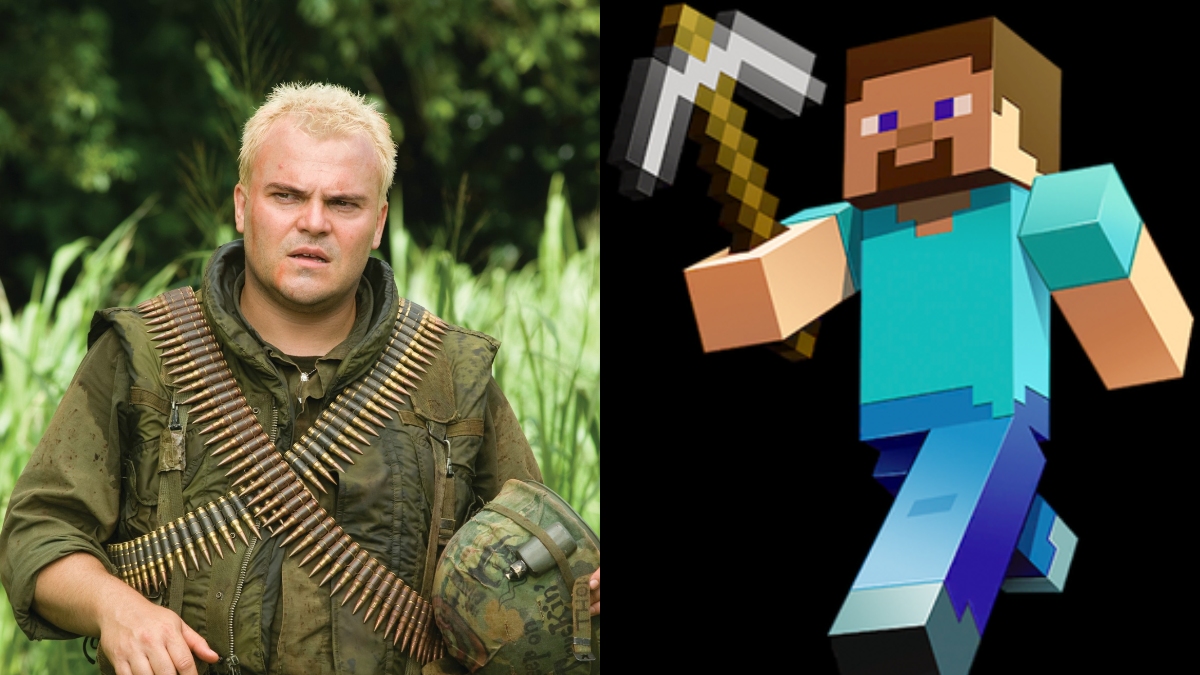If you missed Part 1, go back here and check it out.
Landon: Speaking of deck types. I think Sloane Hucksters is one that people are drooling over now that wasn’t even something we would have considered when the game came out.
Mark: I don’t mind saying, I think Sloane hucksters is going to get better. I think with the release of Double Dealin’, you’ll start to see cards that are going to help it. One of the things we wanted to try and do in design and playtest, was to wait and see what happens when the players get a hold of it, because what a few teams of playtesters and designers can check out and put together, compared to what thousands of players can do in just a week of deckbuilding and testing, makes it difficult to tell exactly what the environment is going to be. One of the things we wanted to do is have it so that a Sloane Hucksters deck felt different to a Fourth Ring huckster deck.

For me, I think the thing is that Fourth Ring probably has the best hucksters. I think if you look at them across the board, they are going to have a wider array of choices to do a wider array of things. The Sloane hucksters are going to be much more focused on particular aspects of the game. They interact with what is in line with what Sloane does. I think the Fourth Ring will always have that broader selection of hucksters that really allow them to dip into hexes and their link with abominations in a way that gives them much more choice. That’s the intent. Once we’ve seen a few more saddlebags and the pine box that’s coming out in April, we’ll start to see how that plays out. I think with the way the release system works, you’ll see ideas and themes really building and picking up and we might do some for a couple of sets and then skip a couple of sets and put a bit more in. What we want is that journey of discovery for people. We hope that people come along for the ride with that.
Landon: That’s one of the things I’ve enjoyed about some of the other non-collectible card games is that I’ve noticed the environment is constantly changing but also there don’t seem to be many cards that are completely awful.
Mark: We’re absolutely aware of that. We are bringing some cards out where, just by the nature of releases, you think “Oh, I’ve got this great idea”, a direction theat as a player you might want to go to build decks. Compared to a CCG where you would bring out an expansion of 150 cards and you maybe can put 20 cards in related to that theme, 20 cards is a whole saddlebag. This is actually going to take five or six months before it really becomes a thing. By doing that, it’s almost like hiding little Easter Eggs sometimes. And the players may dismiss a new card for a bit and come back to it later and go “hang on, wait a minute there’s an interaction here that we haven’t seen because these two things were three months apart.” Which I think is part of the fun of it.
Landon: Looking at Corporeal Twist and thinking it’s a way for Sloane to add to their control points build it fits right in but at the same time quick control points is not something Fourth Ring thought about. If everything we’ve been getting is awesome so far, what will the six of hearts (now Summoning) or nine of hearts spell going to be? After seeing all these cards that affect value negatively, we’re starting to wonder what’s the big thing that’s going to pull all that together?
Mark: I think the big thing for Fourth Ring right now is that the things that generally do target other dudes either target value or grit and so messing with value just makes everything more manageable. We’ve got decks that we’ve been building that mess around with value that reaches it’s threshold can be very nasty. I’m not going to talk about specifics, but some of the cards you have mentioned, at least two of the cards you have mentioned are immensely powerful if you get dude’s values low.
Landon: What kind challenges come with designing a non-collectible format versus designing a collectible game like Legend of the Five Rings?
Mark: I think the challenges are very similar, to be honest. I think the big one is the one we spoke about, because each saddlebag is small, every change is incremental, but you want there to be a change. What you are trying to do is create a situation where each saddlebag does something that changes the environment a little bit on it’s own, but is also building towards bigger concepts. You’re trying to get that range of decks in there you want people to play and you want people to find a build competitive decks for tournaments. We want those to generally try and be interactive decks. We want those to be decks where you have to play them; they don’t play themselves. You try to put decks in there that people can play in a multiplayer environment that are fun and interesting and aren’t necessarily going to be competitive in a one-on-one environment or are maybe competitive but require really tricky play or present a challenge. All of those things are coming out incrementally together so you’re trying to build that range of things for people to discover.
Let’s say you’ve got this really good tournament deck or you’ve got this deck that uses mystical gadgets or a kooky mad scientist deck that does X or Y. The thing is, you’re trying to do that and it’s a continual rolling program so we are always in design and we are always in playtest and we are always in production because you’re doing lots of small things concurrently as opposed to working in bigger blocks of time. So those would be the main challenges I would see. We do tend to design the saddlebags in groups. So, we don’t design an individual saddlebag; we design them in groups and figure out what the story is for each saddlebag. It is very important to us that the design and the story work cooperatively. We want both of those things to happen together.
I should talk about the stories. That is a big challenge: Story. The saddlebags are being put out there and previewed pretty quickly. They are trying to give people the snap shots of what is happening in the game and where it is going. I think story has a very big challenge with saddlebag releases because the story is happening all the time. It’s about combining the constant cycle with the long term planning with the overall story. But it’s exciting and it’s fun.
 Landon: I’ve enjoyed the stories in the saddlebags and on the website. I’ve always wanted to know more about Ivor Hawley and the most recent saddlebag story from Double Dealin‘ gave us a glimpse of him as well.
Landon: I’ve enjoyed the stories in the saddlebags and on the website. I’ve always wanted to know more about Ivor Hawley and the most recent saddlebag story from Double Dealin‘ gave us a glimpse of him as well.
Mark: That’s very much what we have gone for. We are not going down the same road with lots of story tournaments and lots of player interaction the way we did with the old collectible card game. The model doesn’t really support that approach, but we really want the story to be an important part of the game. So what we are trying to do is give people lots of short, quick snippets that build a picture for them and we will pick the occasional thing that players can interact with through some mechanism, but it will be much more sporadic.
I think the other thing is that we don’t ever want the story to feel like it is a barrier to entry. The story should be engaging and entertaining. You should be involved in it. You should occasionally have the opportunity to interact with it. You don’t want to get that situation where people feel like there’s a story they missed out on and therefore can’t jump into the game.
Landon: I’m pretty interested to see who ends up being mayor. Or if anybody does. From the looks of (Election Day Slaughter) it looks like nobody could end up being mayor.
Mark: I wish I could say more, but I can’t.
Landon: A lot of the cards we’ve seen come out in the first two saddlebags already seem incredibly powerful. Jose Morales is one of them, and Lillian Morgan with her influence of 5 are just a few of the characters that come out and look amazing. Is there a balance for these characters that we just can’t see since there are only a few cards out right now?
Mark: People may look at Jose and Lillian and say “Wow, these are incredibly powerful” but I haven’t seen a deck using Lillian or Jose dominating anything yet. I think you want people to look at cards and say “wow.” Particularly the faction bosses. It was interesting when we went to Gencon, people were playing decks that were starting Dave Montreal or Slaone. You want people to look at the iconic characters in their faction and say “wow.” I don’t think Jose and Lillian are overpowered. I think they are powerful, but they are costed appropriately for their power level. They are being playtested. I don’t think there is an imbalance you aren’t seeing right now. I haven’t seen a Lillian Morgan deck which people are destroying everybody with.
Landon: I haven’t seen that as well. I tried a Lillian landslide deck and used Soul Blast to escape, but there are just some ways, such as Judge Harry or Kidnappin’ and things like that where you can’t just run away from the fight, and that can quickly put her in a tough spot. Starting with them is economically difficult, and it’s very risky. If you lose that one character, you probably have lost the game.
Mark: I think putting all the eggs in one basket is something that we wanted to be in the game. I think it’s important for the game. It was important for us that the game was more dynamic. I think one of the things we felt was that classic Doomtown was excellent, but a lot of people spent a lot of time sitting at home getting ready. We wanted people to be playing the game on turn one. And we actually said if the game ends on turn one, two or three that doesn’t matter. What matters is was it a good game? Did lots of things happen? I’ve played thirty minute games that ended on turn one where people have bought two deeds each and done things with the deeds and there have been three different shootouts and the game lasted thirty minutes and it was a good game.
I think for me, the ideal is three to five turns with plenty of stuff happening, but the game can certainly go nine or ten turns. In three to five turns, because of the nature of the game some of the more powerful characters can hit the table. You may be looking at 7, 8, or 9 Ghost rock for these dudes, but very often when they hit the table, the upkeep may not be an issue because they are hitting the table turn four or turn five and when they hit the table it’s going to precipitate the win condition, but the fact they are on the table is going to move the game towards a climactic end. So far, I haven’t seen a big issue with the more powerful cards being unbalancing, because of the cost. That’s what you hope for with design.
The interesting thing with the release format is that you look at some cards and say “maybe we wiffed on that one” let’s take a look at it and see if we can release something in 9-10 months time that will make it a good card. In the same way, if we see a card that’s real powerful we can release some cards that are going to make that less powerful. The release format is interesting for tinkering with those power levels. So far, I’m pretty pleased.
Just a little more….
There’s still more to be shared by from Mark, take a break, keep reading and click here.

